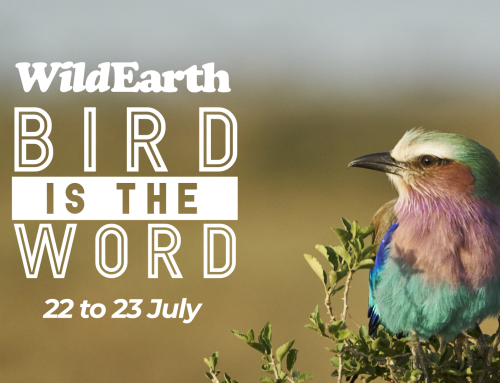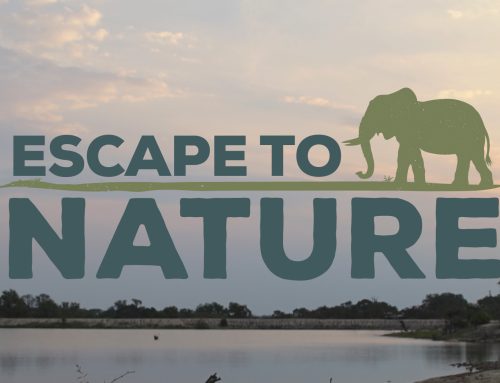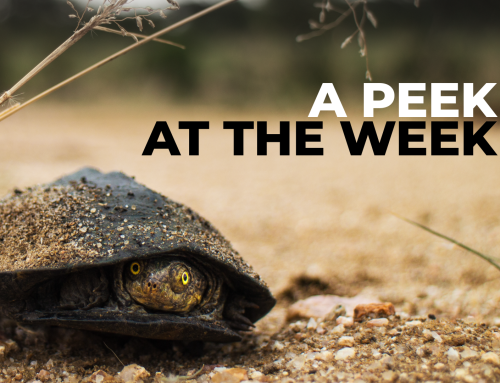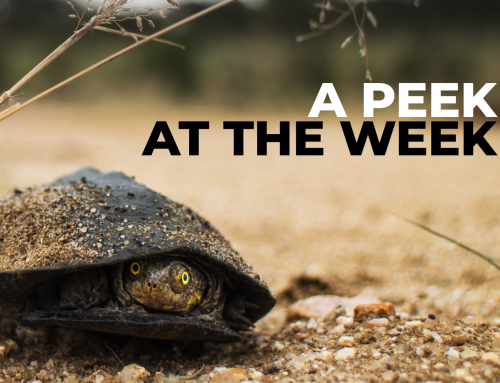Turtles: Are they really the coolest surfers in the sea?
Last month we celebrated World Turtle Day on the 23rd of May; an awareness day that many probably don’t know exists. So why should we celebrate this day every year, or should I say ‘shellebrate’?
This special day was devoted to both tortoises and turtles, reptiles in the order Testudines which rely on their shells for protection, by the American Tortoise Rescue organisation in 2000. For 18 years, it has been a lot more than just posting cute photos of tortoises or sea turtles but has raised awareness and provided an education platform to promote conservation. The main goal of World Turtle Day is to “help people celebrate and protect turtles and tortoises and their disappearing habitats around the world.”
Six of the seven sea turtle species are at risk of extinction and are currently classified as either vulnerable, endangered, or critically endangered on the IUCN Red List. Let me explain why I am personally so in love with these animals.
Turtles have been swimming the seven seas for a very long time.
The oldest known sea turtle fossils date back about 150 million years, and to put into context dinosaurs went extinct around 65 millions years ago. The seven species known today have been around for approximately 110 million years. I can’t begin to fathom the wisdom and knowledge passed down through these ancient creatures.
They are world wanderers.
Sea turtles really love to swim and travel the world. Leatherback turtles can travel more than 10,000 miles every year – that is almost halfway around the world – even although they are incredibly heavy, weighing up to 2,000 pounds (907 kgs).
For female turtles, home is always where the heart is.
Using the earth’s magnetic field as an internal compass, female sea turtles navigate home to where they were born to lay their eggs. Each part of the coastline has its own magnetic signature which these magnificent animals sense. However, males almost never leave the ocean, spending their entire lives at sea.
They are amazing freedivers.
A sea turtle is the freediver I wish I could be. Green sea turtles can stay underwater for up to five hours, but their average feeding dives are usually much shorter.
Each sea turtle we encounter today is a miracle.
It is estimated only one or two hatchlings in a thousand will make it to adulthood, surviving the treacherous journey that begins the moment they hatch in the sand as tiny juvenile turtles, measuring no more than palm of my hand. The eggs are poached for human consumption, hatchlings are an ideal snack for crabs and birds when starting their journey to the ocean yet their problems have just began. Adults sea turtles are hunted for their meat, skin and shells and are frequently victims of overfishing, and more commonly entanglement in ghost nets, particularly in the Indian Ocean. I have personally rescued over ten Olive Ridley turtles, three hawksbill turtles and one green turtle from ghost nets in the Maldives. I even rescued a hawksbill with a huge longline fishing hook stuck in her neck. One of the worst ghost nets I encountered had two turtles completely entangled; an adult Olive Ridley turtle and a juvenile hawksbill turtle. The net was wrapped tightly around their flippers and necks and they were both moments away from death. As a small team, we worked relentlessly through the early hours of the morning to free these turtles, ensuring there were no deep wounds or lacerations, and releasing them both back into the ocean.
Accidental bycatch, vessel strikes and habitat destruction around nesting beaches are also contributing to the decline of these precious species. Lets not forget about climate change. During incubation, the sex of the embryo is determined by the temperature of the surrounding environment. Warm temperatures produce females and colder temperatures result in more males. Ultimately, humans pose the greatest threats to these creatures which have roamed the earth’s oceans a lot longer than we have lived on the planet.
They need our help.
Everyone can make a difference by simply spreading awareness and joy for these animals so that future generations can shellebrate turtles every day!
Written by: Lauren Arthur








